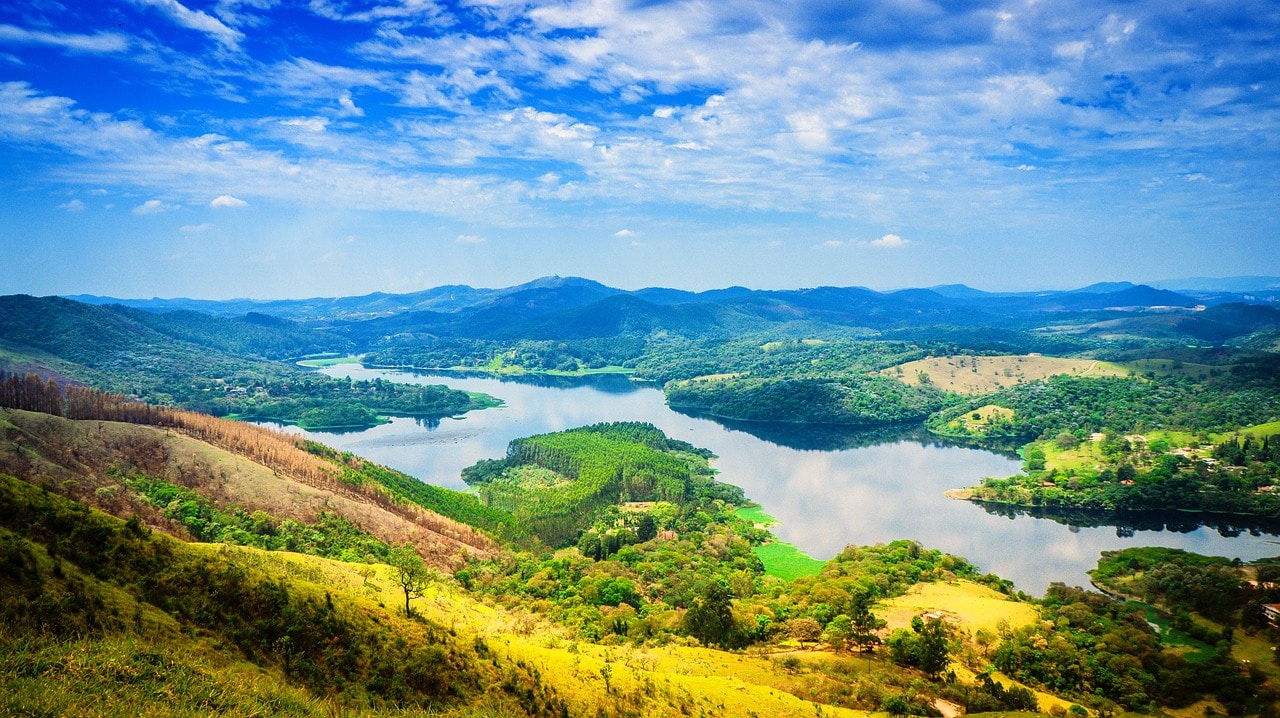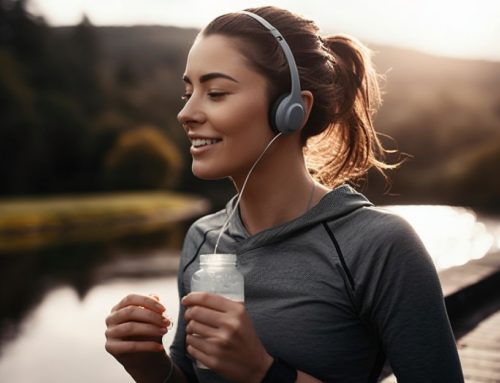There are a few countries in South America that have experienced some of the worst water scarcity and contaminated water cases in recent years, one of which is Sao Paolo.
In this popular city of Brazil, there is a toxic river, which is more like a moat with waste flowing from domestic sewage systems and factories. The water has turned grey and has killed all the fish living in it. It also smells terrible and is a breeding ground for pathogens, which have even led to countless people getting sick, also resulting in fatalities.
In Chacara Tres Meninas, living life has become a nightmare because of the water issues surrounding the area. People drink, bathe, and cook with the river’s water each day. Hundreds of families are dealt with illness, infestations, snakes, and rats each day, primarily because there is no proper sanitation where they live.
The river, the Tiete, is classified as having one of the worst sanitation systems in the world. Given that Brazil’s state-run infrastructure is only able to accommodate about a 100 million of the country’s 200 million population, the country itself has a lot of restoration to do for its to reach a good point. At the moment up to 33 million people are struggling because they don’t have access to clean drinking water.
Why There is Hope for Sao Paolo
Currently, there is some hope presented to the nation as politicians are paying more attention to solving the problem. They are planning to use legislation with the purpose to privatize the sector, which could potentially give them access to $200 billion worth of investments. There are already investment firms on standby to support the government on their plan to restoring the country’s water and sanitation systems, including China Communications Construction Co., Alberta Investment Management Corp., and Brookfield Asset Management Inc.
There are also about 20 companies that are responsible for collecting sewage and treating to help prevent contaminated substances or wastewater from entering the rivers.
Get water dispenser and bottled water coolers from Living-Water in London.






